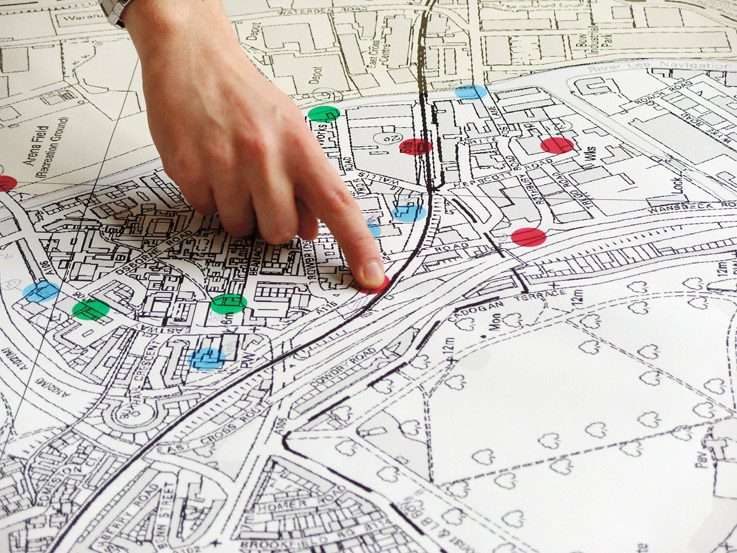A large part of the list of responsibilities of local governments is to develop comprehensive plans. These may be strategic plans that identify local priorities.
Climate plans, which outline long-term strategies, and mobility plans, which determine local traffic and public transit conditions.
Or perhaps the city’s plans, which contain decisions to reshape our public spaces in the short and long term.
Let’s say you’re looking to invest in project planning to make public spaces greener, more pleasant, and more accessible.
Involving community members in these plans is critical to making accurate, responsive and inclusive decisions, let’s take a quick look at why.

The role of public participation in city planning
Launching an engagement funnel is not a ‘one and done’ endeavor, requiring commitment, a clear plan of action, and a dedicated person or team to streamline the process, but the benefits are numerous:
Buy new policies and plans
If community members feel their views have been heard and taken into account in a decision or plan, they will usually be more forthcoming.
To support and engage again in the future and have a more positive and confident attitude towards local government.
Better and more accurate decisions in line with the diverse priorities and needs of society
Multifaceted feedback from diverse groups within your community will help you allocate your time and resources more efficiently.
Increase community awareness and confidence
Public participation helps us create strong, cohesive communities that are constantly communicating and co-creating their surroundings.
Community members are experts by experience – they know exactly how to use public spaces on a daily basis and what they currently lack.
Before you invest in expensive and time-consuming renovations, make sure their feedback is on the table.
How to engage people
Unfortunately, simply sharing your findings and asking for feedback from community members isn’t enough to spark real engagement.
Even the most motivated and engaged community members won’t struggle their way through a 300-page city plan.
To receive valuable feedback, you have to make people care, fortunately, there are several ways to achieve this.
Provide context
Why is this plan put in place in the first place? Why does it matter, and what will change?
Helping community members understand the importance of the decisions at hand will spark their interest in participating.
Go visual
When sharing information, try charts, interactive maps, mind maps, or other visual elements.
Making sure information is easy to process and retain is crucial to sparking engagement.

Break your plan into smaller, more specific parts
If one section of your city plan focuses on creating greener spaces, that section can also be divided according to specific neighborhoods, existing green spaces, or related local themes.
This allows community members to focus their engagement efforts on the topics or areas that interest them most.
Choose ways to participate wisely
Some people may be very eager to be evaluated and won’t be satisfied with filling out a quick survey, others may want to participate
But they don’t have time to set aside a budget or join a workshop.
Breaking the project down into different ways can help convince a wider audience to participate in the way they see fit.
Take a hybrid approach
Online sharing can be fast, accessible and remote, while offline sharing enhances real-life communication and collaboration.
Combining the two will help you reach a wider audience.
Have a clear timeline
If you have a CitizenLab platform, you can use the timeline function to organize your project into milestones, this increases transparency and manages participants’ expectations.
In fact, it’s not just about asking your community for feedback — it’s about getting them really excited about co-creating the public domain.
Vertical buildings and hanging gardens in the design of sustainable cities
If you found this article valuable, consider sharing it









